Why Are Saddle Pads Used?
The Use and Importance Of Saddle Pads

As equestrians, the comfort of our horses is of utmost importance, and providing them with this comfort requires understanding the use of each essential tack piece. While saddle and bridle fitting is commonly spoken of, saddle pads might seem less important and easy to use. But are they so simple? Of course, not! With their elegant or fun designs and different colors, saddle pads are probably the most customizable item in a tack room and they serve a very critical purpose. Let's dive into our blog and explore the importance of saddle pads in horse riding.

What is a Saddle Pad?
A saddle pad, also known as a numnah or saddle blanket, is a protective cushioning pad placed between the saddle and the horse's back. It acts as a barrier, offering cushioning, shock absorption, and pressure distribution to enhance the horse's comfort during riding sessions. Saddle pads come in a variety of materials, sizes, and shapes to cater to different riding disciplines and individual horse conformation. They can be made of various materials such as fleece, wool, or synthetic fabrics.

Why is it Used?
The primary purpose of a saddle pad is to provide comfort and protection for both the horse and rider. It helps minimize friction and rubbing between the saddle and the horse's back, reducing the risk of discomfort, sores, or pressure points. Saddle pads also absorb sweat and moisture, preventing excessive sweating and keeping the horse's back dry. In this sense, it works as an active wear for the horse. Additionally, they can assist in achieving a better saddle fit and stability, ensuring a more secure and balanced seat for the rider and a comfortable experience for the horse when a custom-fitted saddle is not available.

Different Types of Saddle Pads
Saddle pads come in a variety of shapes and sizes and can be crafted with different materials. Here are the most common saddle pad types that you will come across:

a. All-Purpose Saddle Pad: This versatile pad is suitable for a wide range of riding disciplines and offers general cushioning and protection. It is commonly used in everyday riding, trail riding, and light jumping. With its shape and ultimate cover under the saddle, it can be used under different saddle variations.

b. Dressage Saddle Pad: Specifically designed for dressage riders, these pads are longer and squared off at the back. They provide extra wither clearance and offer a sleek and tailored appearance that complements the dressage saddle's design.

c. Jumping Saddle Pad: Jumping saddle pads are typically shorter in length, allowing for a closer contact feel between the horse and rider. They are often contoured or shaped to provide wither clearance and accommodate the forward position required for jumping and they support the anatomy of a jumping saddle.

d. Close Contact Saddle Pad: Often designed for close contact saddles, these pads are minimalistic in design to maximize contact between the rider's leg and the horse's side. They offer a streamlined profile and excellent grip to promote effective communication between the rider and the horse.

e. Western Saddle Pads: Western Saddle Pads: Western saddle pads are designed specifically for the needs of Western riders and their saddles. They are typically larger and thicker compared to other saddle pads, providing ample cushioning and support. Western saddle pads often feature specialized materials such as wool, felt, or neoprene, which offer excellent shock absorption and moisture-wicking properties.

Saddle pads are indispensable accessories in horse riding that provide comfort, protection, and improved saddle fit. From all-purpose pads suitable for various disciplines to specialized pads tailored to specific riding styles such as dressage, jumping, and close contact, there is a wide range of options to cater to every rider's needs. By selecting the appropriate saddle pad and shape for your riding discipline, you can enhance your riding experience, ensure your horse's comfort, and achieve a stronger connection with your equine partner.


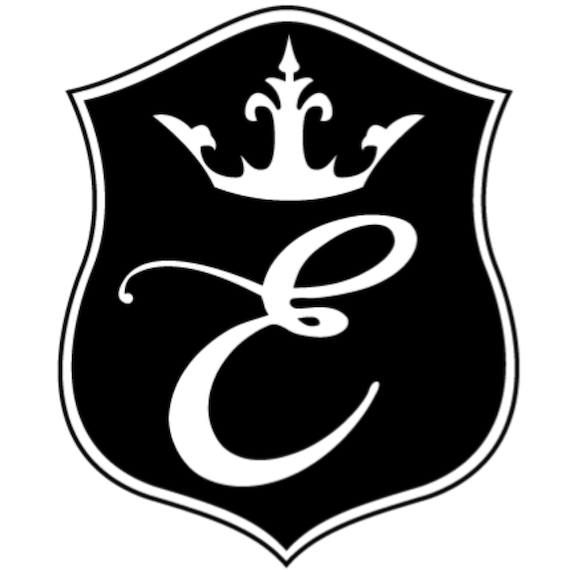
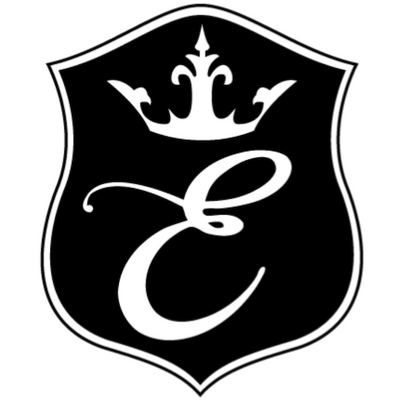
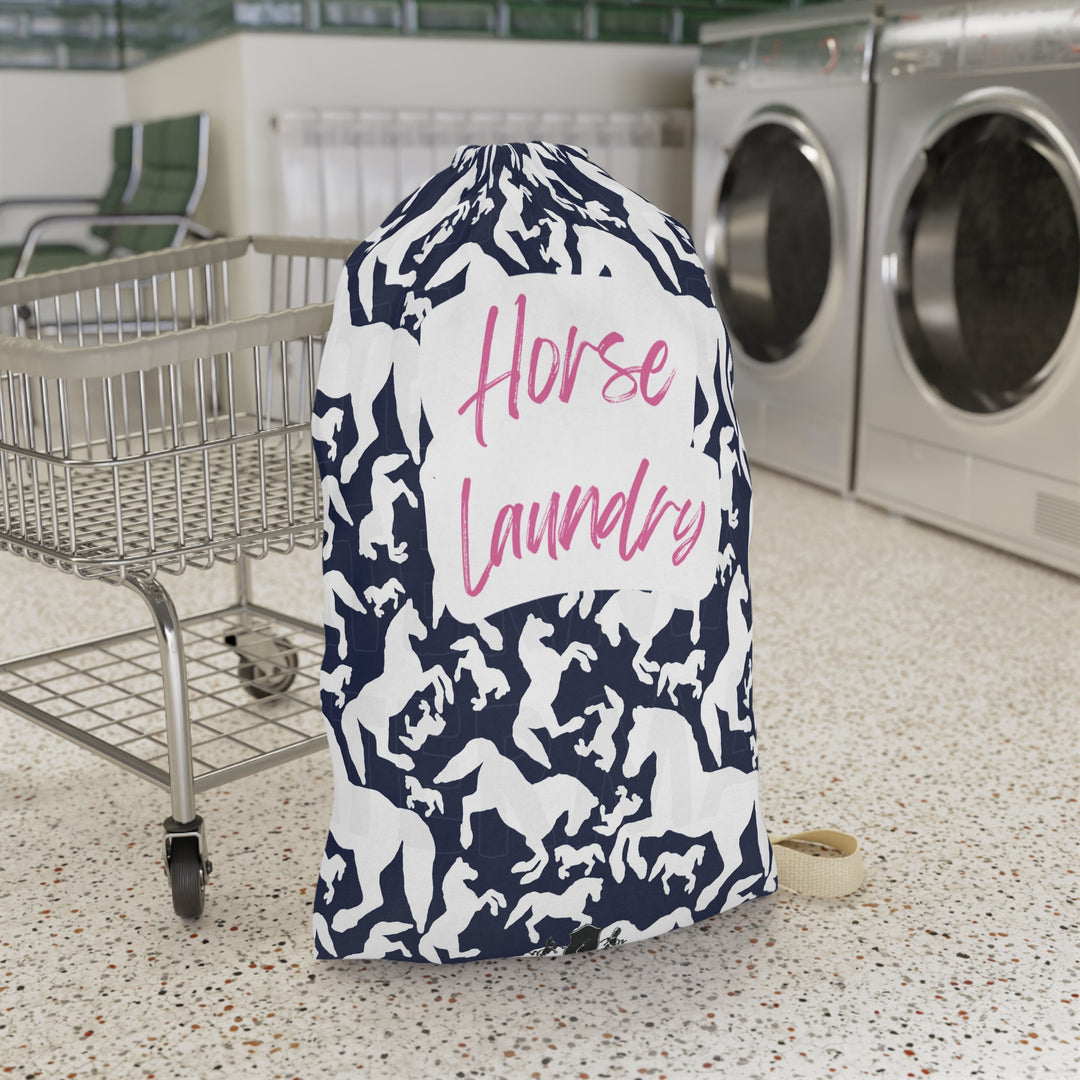
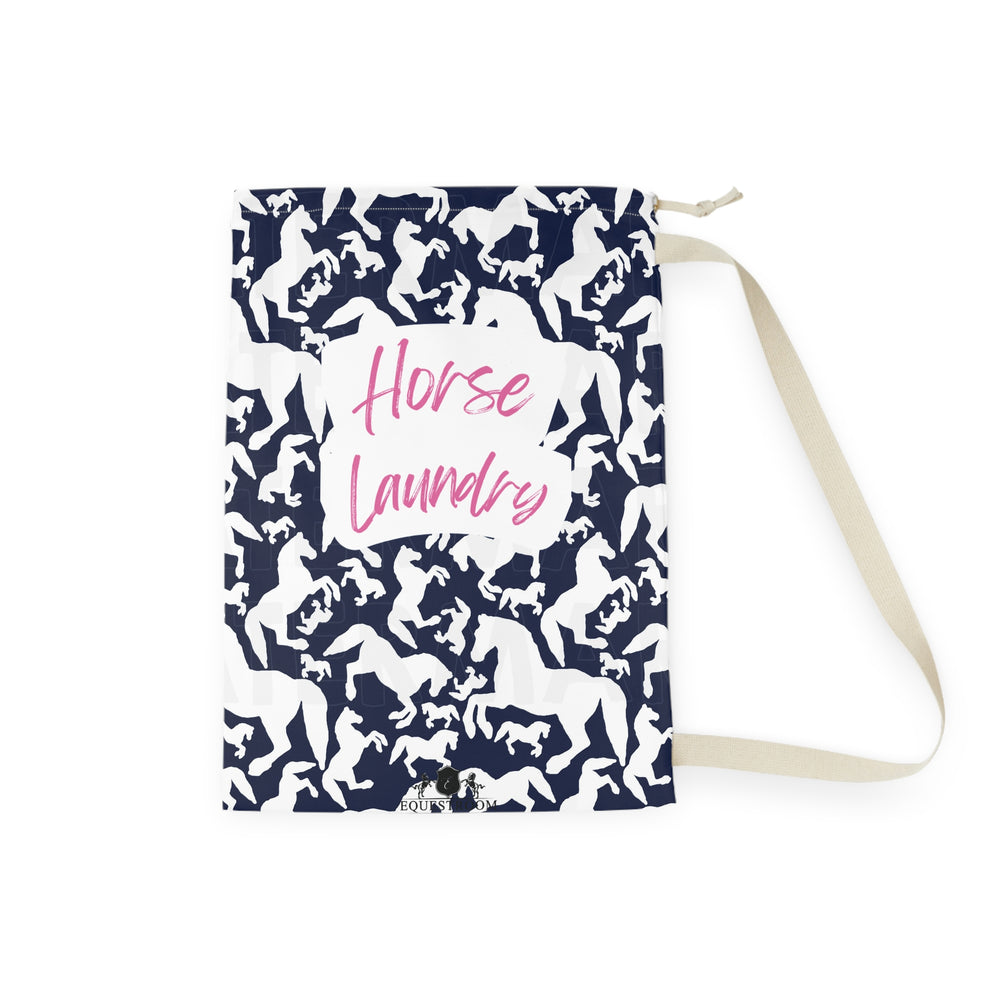
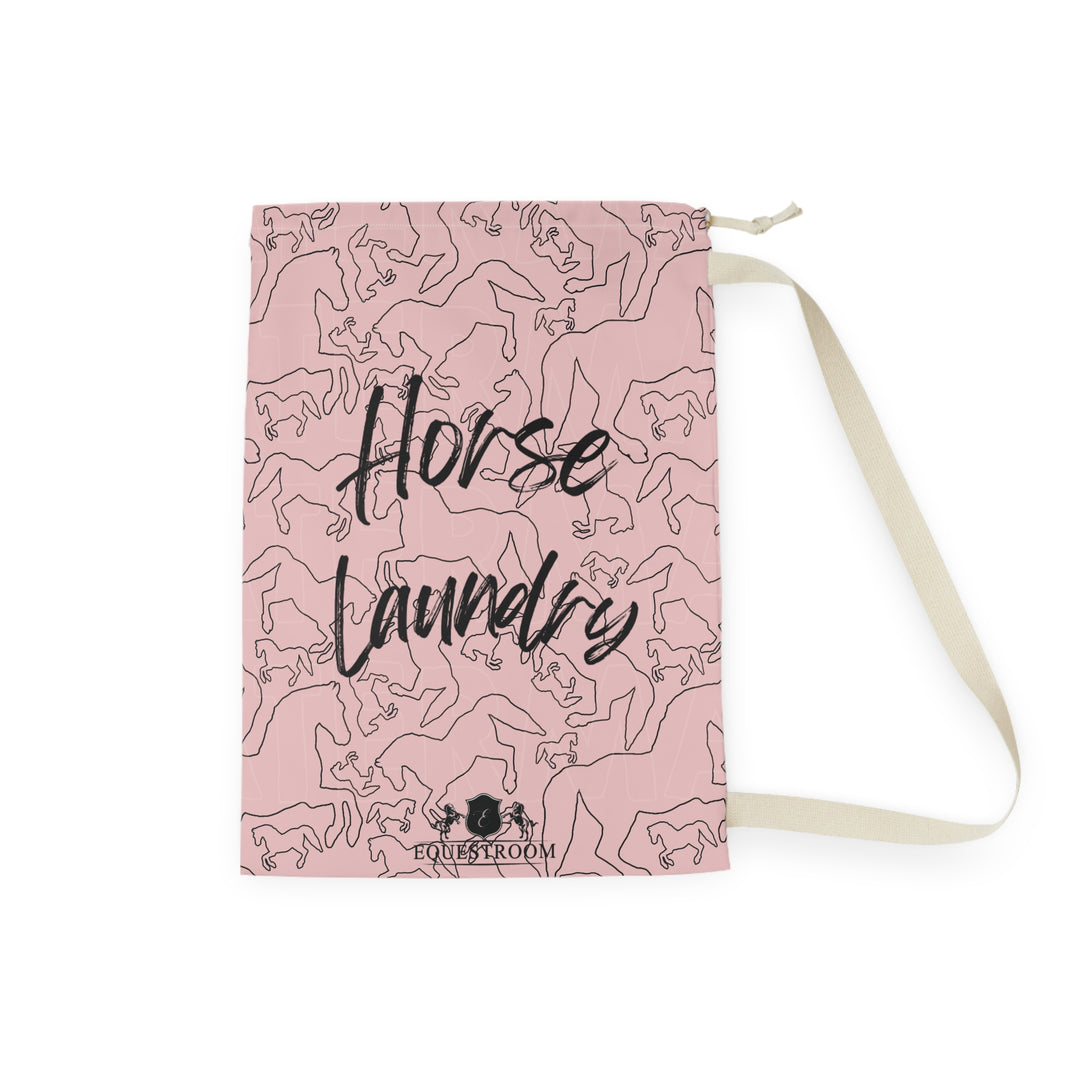
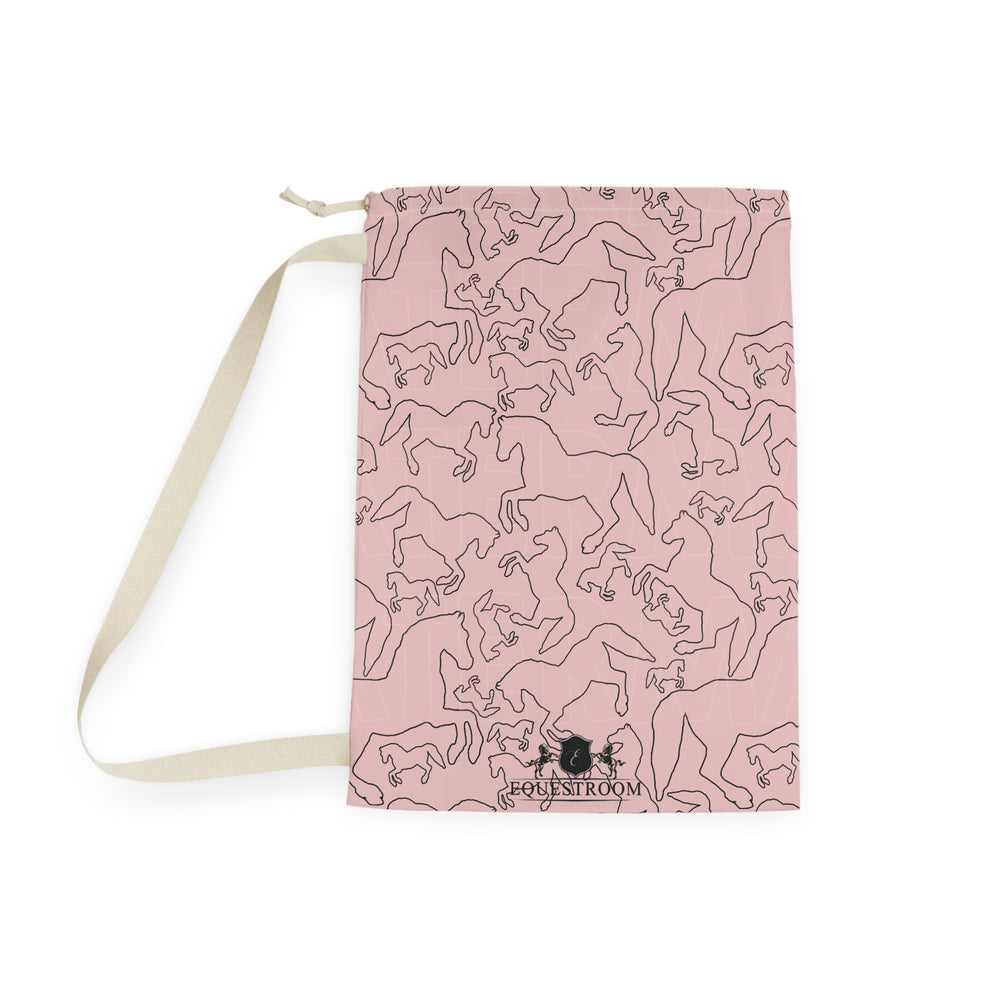
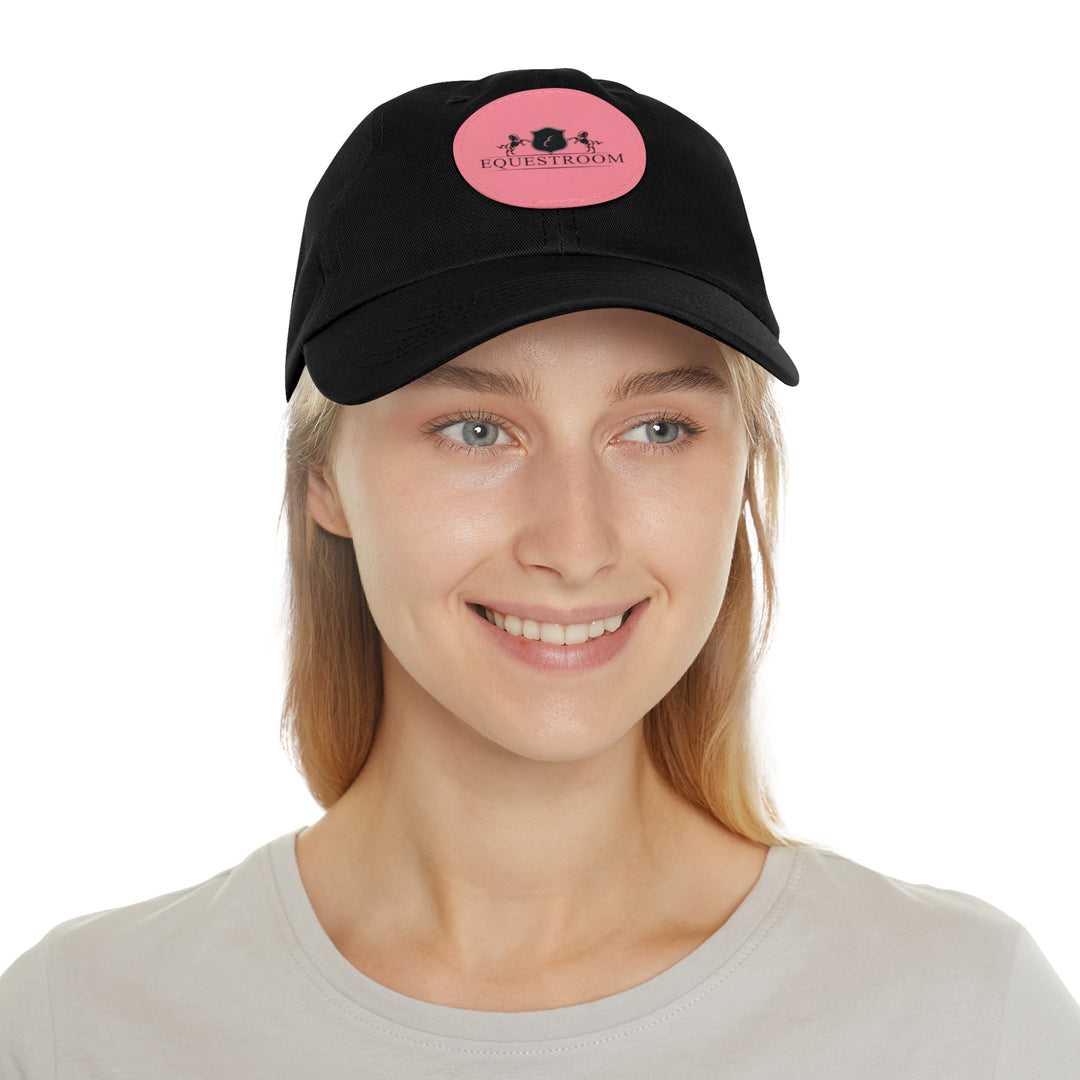
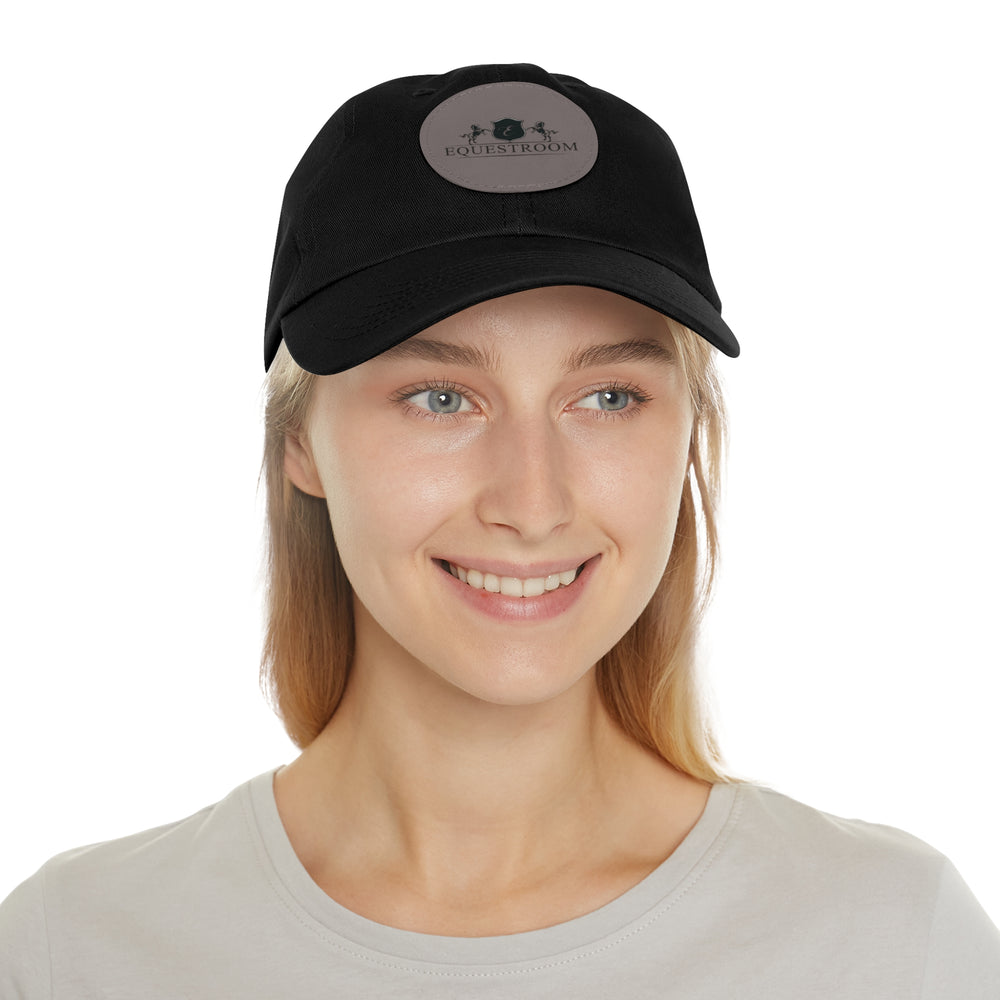
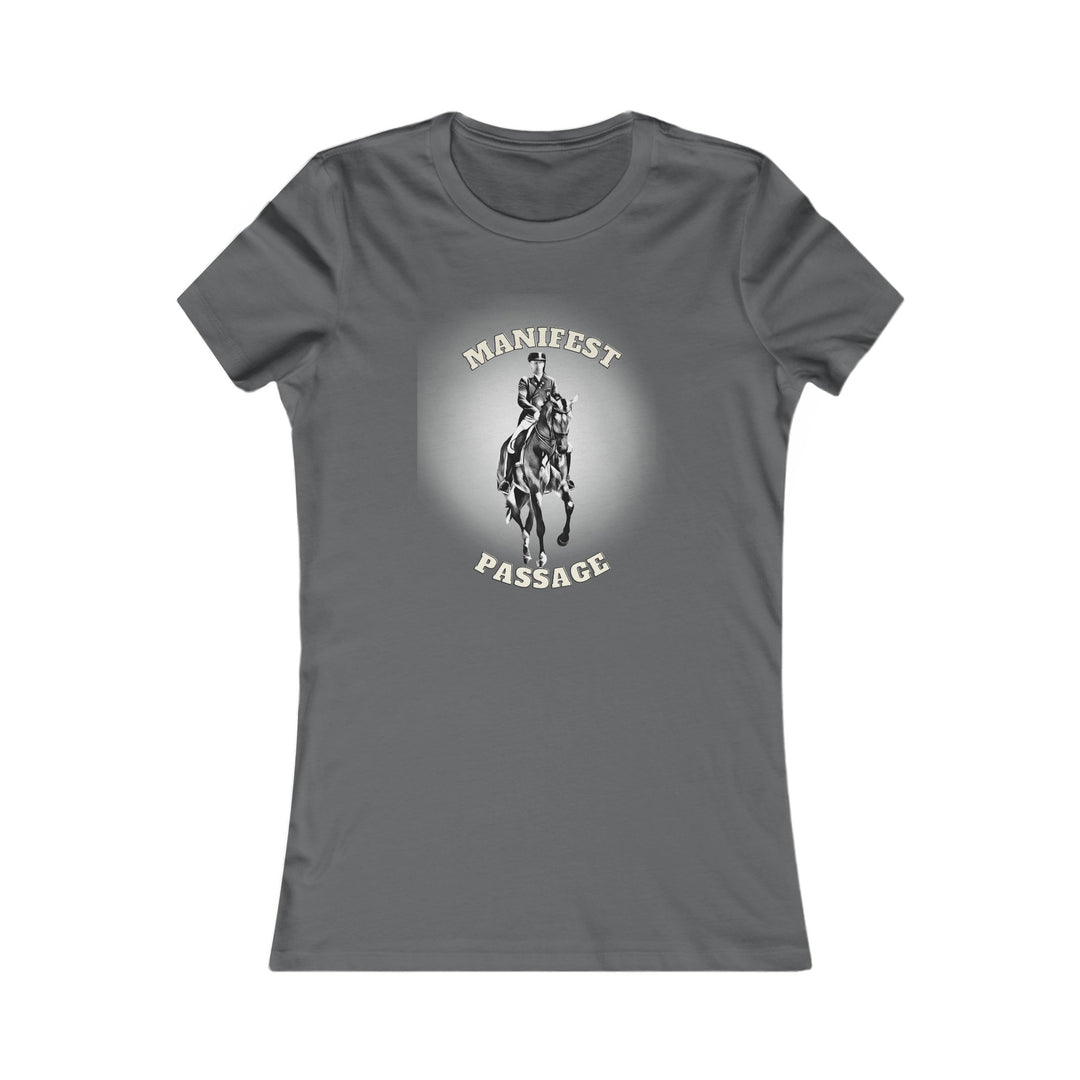
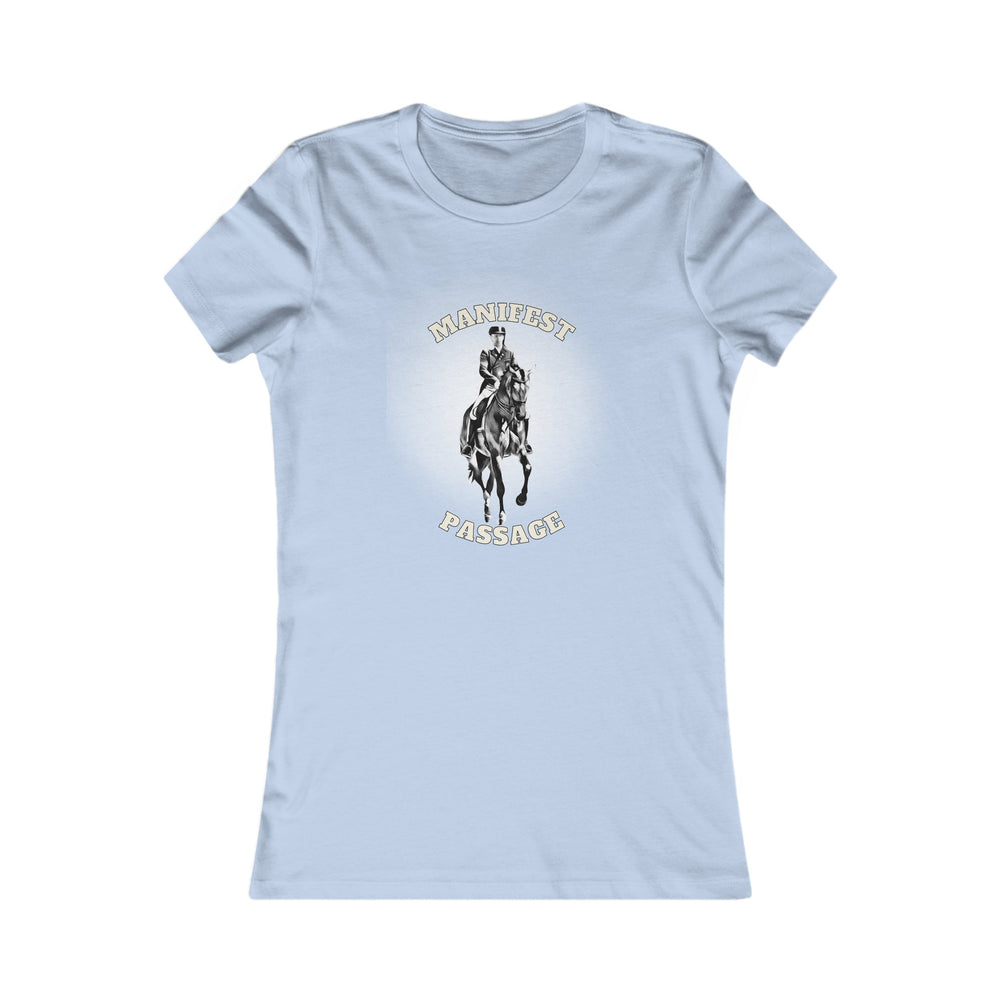
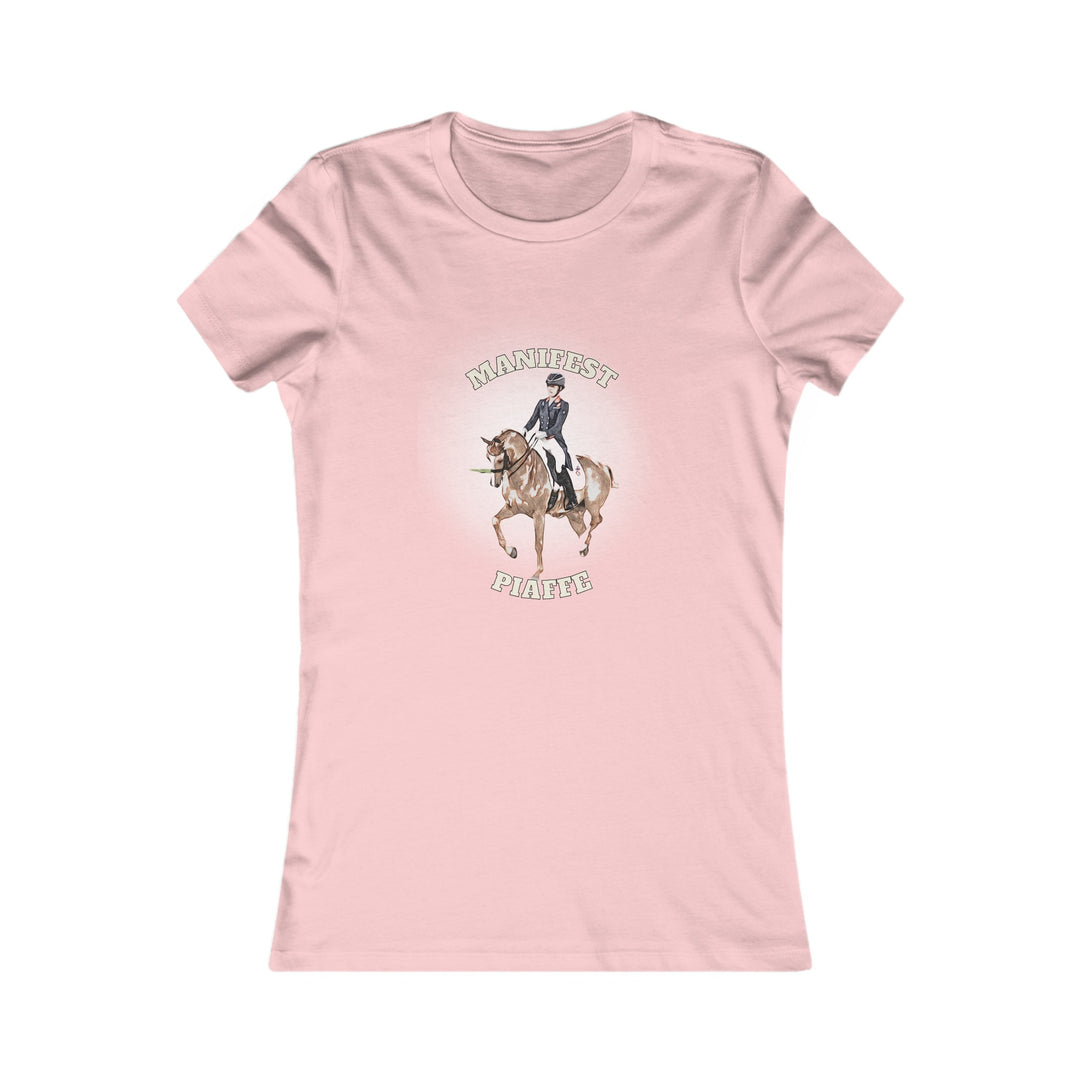
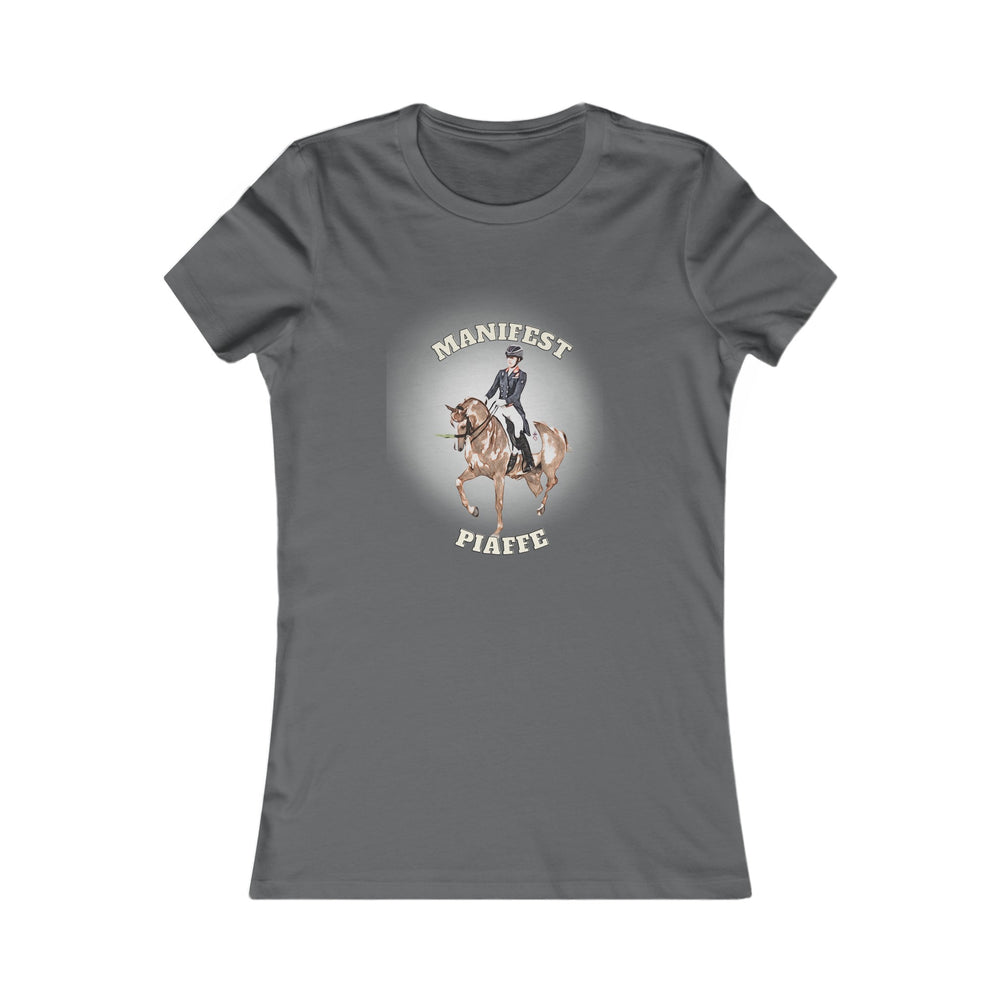
Leave a comment